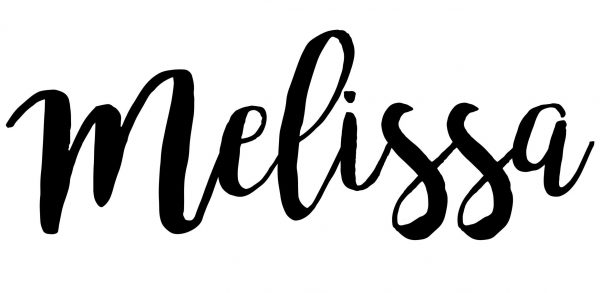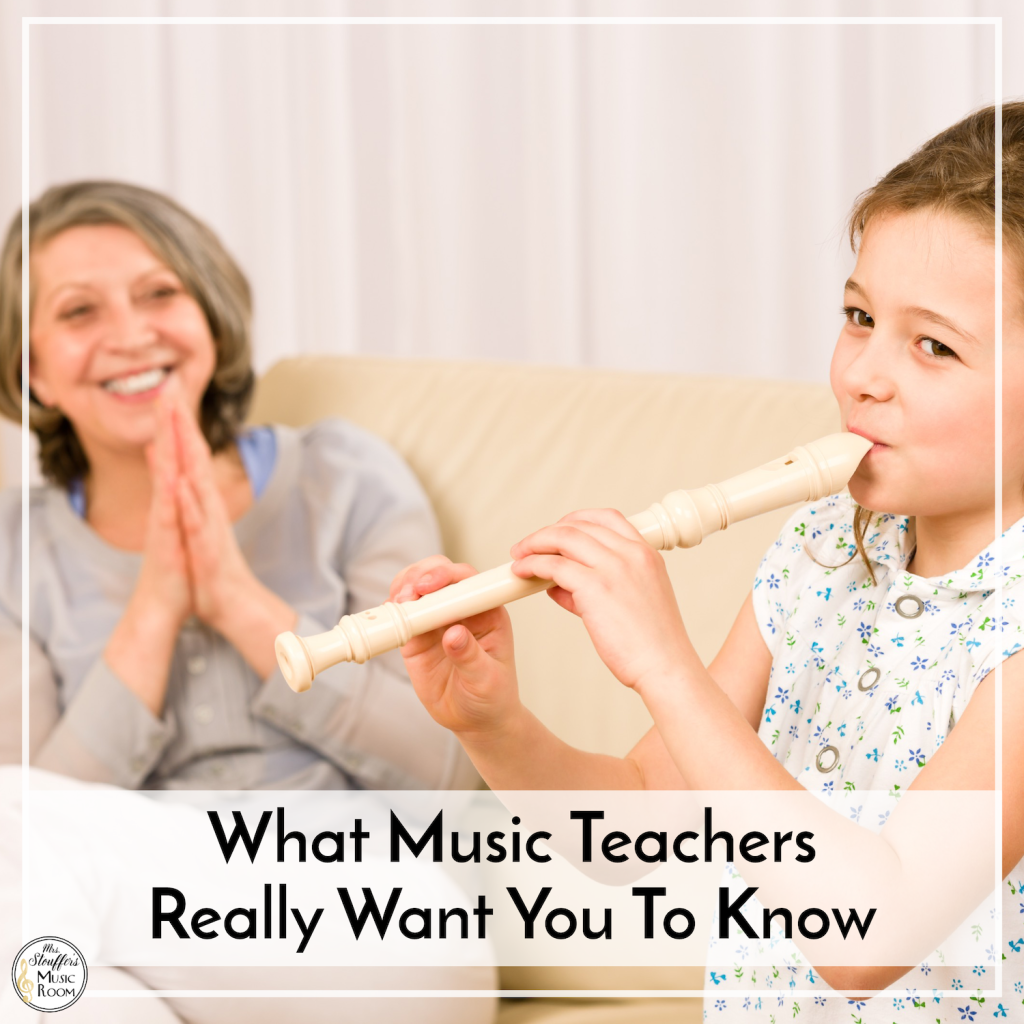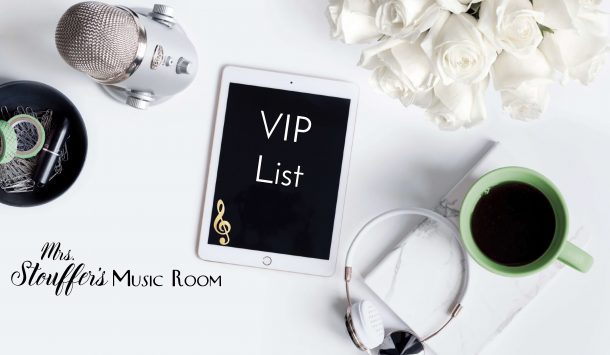With the growing list of things we think we might not be able to do, we are looking at not being able to do a lot of the things that are a big part of what we love about teaching general music.
You may want to give up (I know there’s a part of me that does too!), but we shouldn’t. In this post, I want to share with you some ways to adapt music learning for COVID times.
So now what?
Ideas For Adapting Music For COVID Times
There are a lot of things that we can teach that are a legitimate part of our standards. Here’s my list of the things I plan on focusing on this year:
Music history:
I feel like I skimp on this anyway and I have posters up but I don’t always talk about the people. Singing and dancing and all the things for music literacy take hold and I let composer lessons go by the wayside.
With the current state of things, this year I will be focusing on musicians from minority groups, women composers and living composers.
Responding to and comparing music:
Play music, have the kids draw a picture and write answers to questions about the music. Everything from identifying the elements of music we’re used to writing about how the music made them feel or comparing two ensembles with the same piece is a valid way of responding to music.
Writing/reading/decoding:
Kids can still practice writing music. They can still decode notation. It might not look the same, but it can be done. Instead of having kids work in groups, give them each a set of cards or a worksheet with 8-12 patterns on it.
They have to point to the one you sing or play. If write the rooms don’t work for spacing, put up BIG rhythm cards in 4-8 places and have the kids do write from their spots. I’ll be digging deeper into this in the coming months.
Instruments & music from around the world
Focus on the instrument families, instruments from around the world we don’t usually cover and the customs from other cultures. Compare and contrast music from other cultures.
Do they use more strings? What is the timbre of their version of a flute compared to the one we know?
Composing
There are so many options for this, but they can be done individually. Check out this blog post for more ideas.
I also have a lot of files in my TpT store that might help you get some ideas including lots of seasonal activities, ones for pieces like Peter and the Wolf, and Carnival of the Animals and some other things like musical instruments.
If you have devices for the kids, Chrome Music Maker, Paint Composer and Noteflight all are great options.
Body Percussion:
Compose with it. Create an ostinato for a listening piece. Decode your friend’s body percussion.
Adapt Games
Take a game your kids love and adapt it for less movement. My kids adore playing Four Corners so I’ve adapted it for sitting in desks. Grab it for free here.
Topics We Can Teach In COVID Times
- Form
- Meter: Identify meter in different music. (Compare and contrast similar meters!)
- Movement by dancing in place: Have kids follow beat movements or arm movements in place. Create patterns.
- Dynamics
- Reading the notes on the staff
- Types of voices
- Timbre
- Texture
- Major/Minor
Listening Lessons
I plan on really focusing this year on introducing my kids to lots of different composers, musicians, genres, and cultures.
I wanted to make sure I was covering everyone (I’m actually guilty of talking about no one but jazz musicians…) so I put a list together for the whole school year for all my kids K-5. You can snag it here.
I hope these ideas for music learning in COVID times has been helpful!










I need help we can’t sing…
I hope this has given you some ideas!
This is the most useful article I have read in recent times! Thank you so much. So many starting points and suddenly I am feeling like I CAN do this! Many thanks! Helen (fellow music teacher in the UK).
So happy you found this helpful!!
Thank you so much for all of your ideas!
I have learned that I will be teaching from the cart this year!
You have given me a better understanding of how to plan my curriculum…It’s still a bit overwhelming, but you have eased a bit of my anxieties!! 🙂
I’m so happy to hear this! I’m glad this has been helpful!! You’ve got this!
Thanks for sharing this!
Hope it was helpful! 🙂